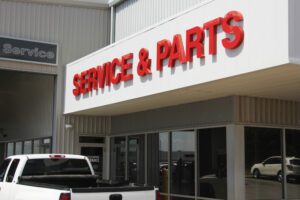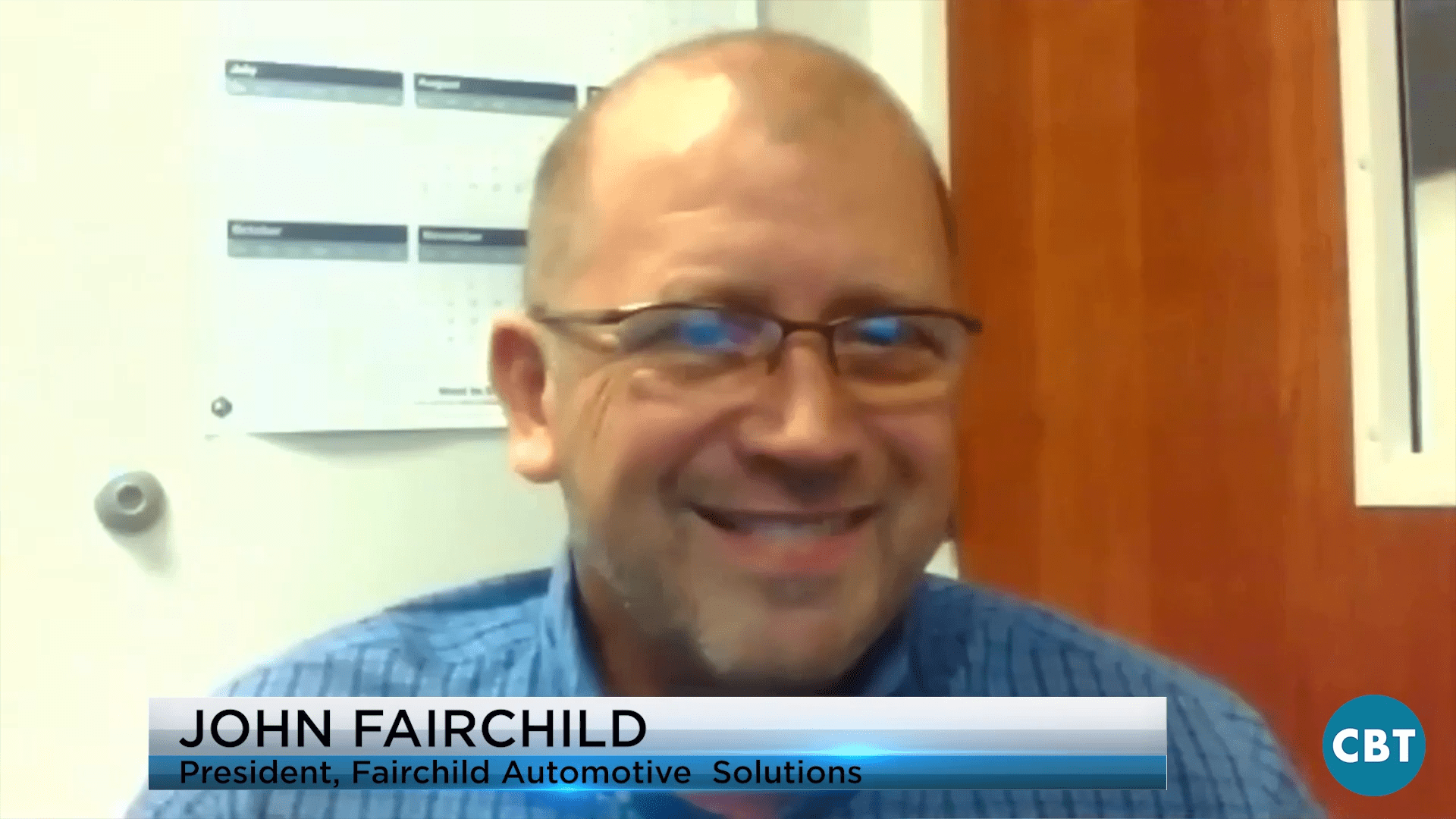Employee turnover is something every dealership tries to avoid, especially when it comes to your service center. According to a recent study from the NADA, the average turnover rate is at an alarming 67 percent. Today, Jim Fitzpatrick talks with Fixed Ops Expert and CBT Contributor, John Fairchild about this very subject.
Fixed-ops departments have always fought to attract and retain top-notch talent. One of the ways service departments have cut down on employee turnover is by using the career path model. This model creates a documented process that helps both employees and employers see the next step for employees in possible job promotion.
Most dealerships would benefit from a living and breathing document detailing the career path in their department. It would allow employees to fully understand what they would need to do in order to be considered for that next step.
For the employer, who is used to spending a considerable amount of money on finding and keeping the right talent, a hardline career path could cut down on those resources.
John also explains why having a farm-team ready for advancement to the “big leagues” is crucial for the hiring progression. John says, “When you hire for any [fixed ops] positions, you got to really ask yourself, is this somebody I could see moving into that next position?” As a rule, when dealerships hire, they need to consider if their people have the capacity for upward mobility within the department.
On the flip side, sometimes technicians leave a dealership on their own accord. Usually, this is due to money. A-level technicians are very valuable, and more often than not, departments are out-bidding each other for that expertise. But even more than money, technicians really want to like and get along with their management in order to gain some flexibility that better suits their lives.


If a dealership service department follows this advice during the hiring process, then personnel turnover rates are very likely to go down. For more information on this topic, check out John Fairchild’s article in Car Biz Today Magazine.








